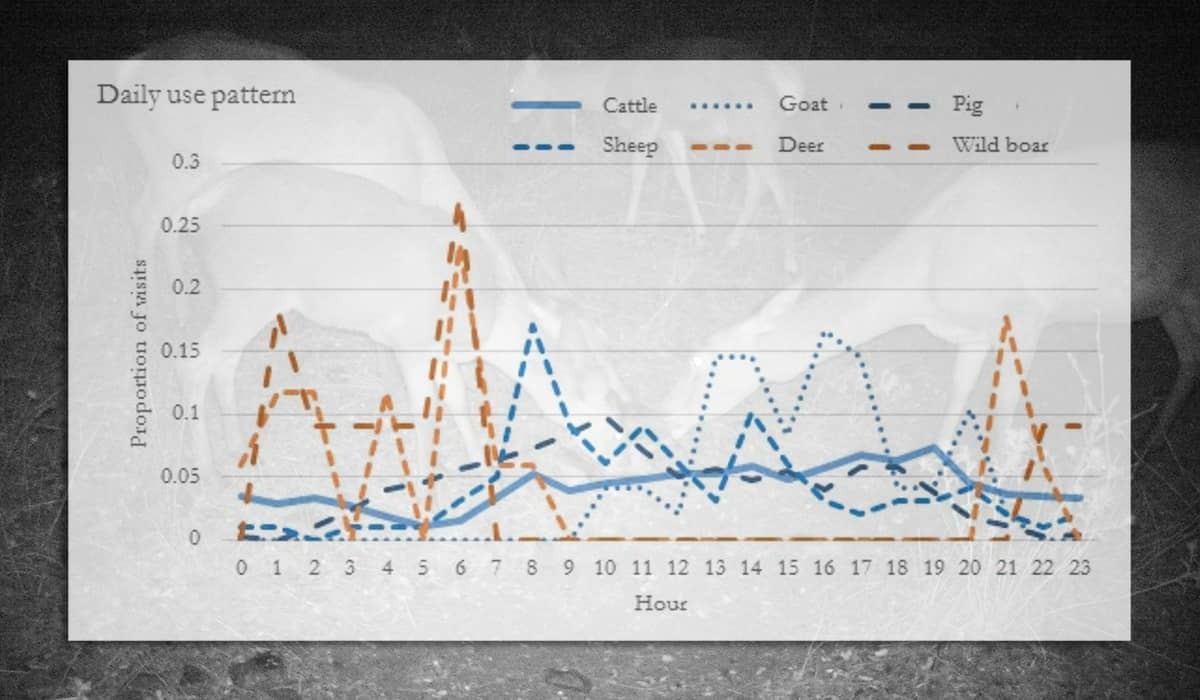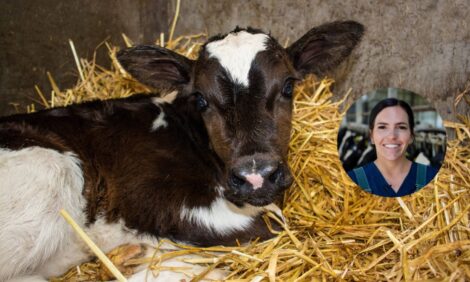



Sharing of salt rocks between wildlife and livestock deemed a minor epidemiological risk
Researchers study mineral supplementation on farms as factor in disease transmission between wildlife and livestockScientists from IREC and the University of Seville are studying the role of mineral supplementation in extensive livestock farming as a factor in the transmission of pathogens between wildlife and livestock, taking animal tuberculosis as a study model.
For years, the Research Group in Health and Biotechnology (SaBio) of the Instituto de Investigación en Recursos Cinegéticos (IREC) has addressed, from various perspectives, the problem of diseases shared between wildlife and livestock raised extensively. Thanks to the work carried out with farmers, their interest in learning about the epidemiological risk involved in such a widespread practice in extensive livestock farming such as the use of mineral supplementation has been revealed.
The survivability of Mycobacterium bovis (one of the bacteria that cause animal tuberculosis) on mineral blocks for livestock use has been studied, but little is known about the involvement of the blocks in the transmission of pathogens in real field conditions.
In this way, researchers from the Sabio Group of IREC and the Department of Microbiology of the University of Seville have described, by means of camera trapping and DNA detection, the patterns of use of mineral supplementation, their determinants, and their potential role in the transmission of the complex Mycobacterium tuberculosis.
This work has made it possible to verify that cattle, goats, sheep and pigs, as well as deer (Cervus elaphus) and wild boar (Sus scrofa), make use of mineral supplements, with livestock species being the main users. However, it also became clear that daily use patterns differ between livestock and wild species, since the former are mainly during the day, and the wild ones are crepuscular (dawn and dusk)/nocturnal (night).
It was also observed that wild boars tend to use the mineral supplement if it is also used by cattle, perhaps attracted by invertebrates that feed on cow excrement; and that deer tend to use mineral supplementation more in those exploitations in which there is no hunting pressure, preferring those mineral blocks close to areas of forest or dense scrub.

On the other hand, no DNA was isolated from the complex Mycobacterium tuberculosis in none of the samples that were taken periodically from the mineral blocks. Thus, the study concludes that, compared to other environmental sources of mycobacteria of the complex M. tuberculosis (mainly ponds), mineral blocks are less attractive to wildlife and represent a lower epidemiological risk, although they cannot be ruled out as a factor for pathogen transmission, especially between individuals of the same species.
The authors propose a series of simple and practical management measures that drastically reduce the risk of pathogen transmission between wildlife and extensive livestock at mineral supplementation points, among which are included the placement of mineral blocks in meadows, far from vegetation cover, accessible only during the day and at a certain height from the ground.


